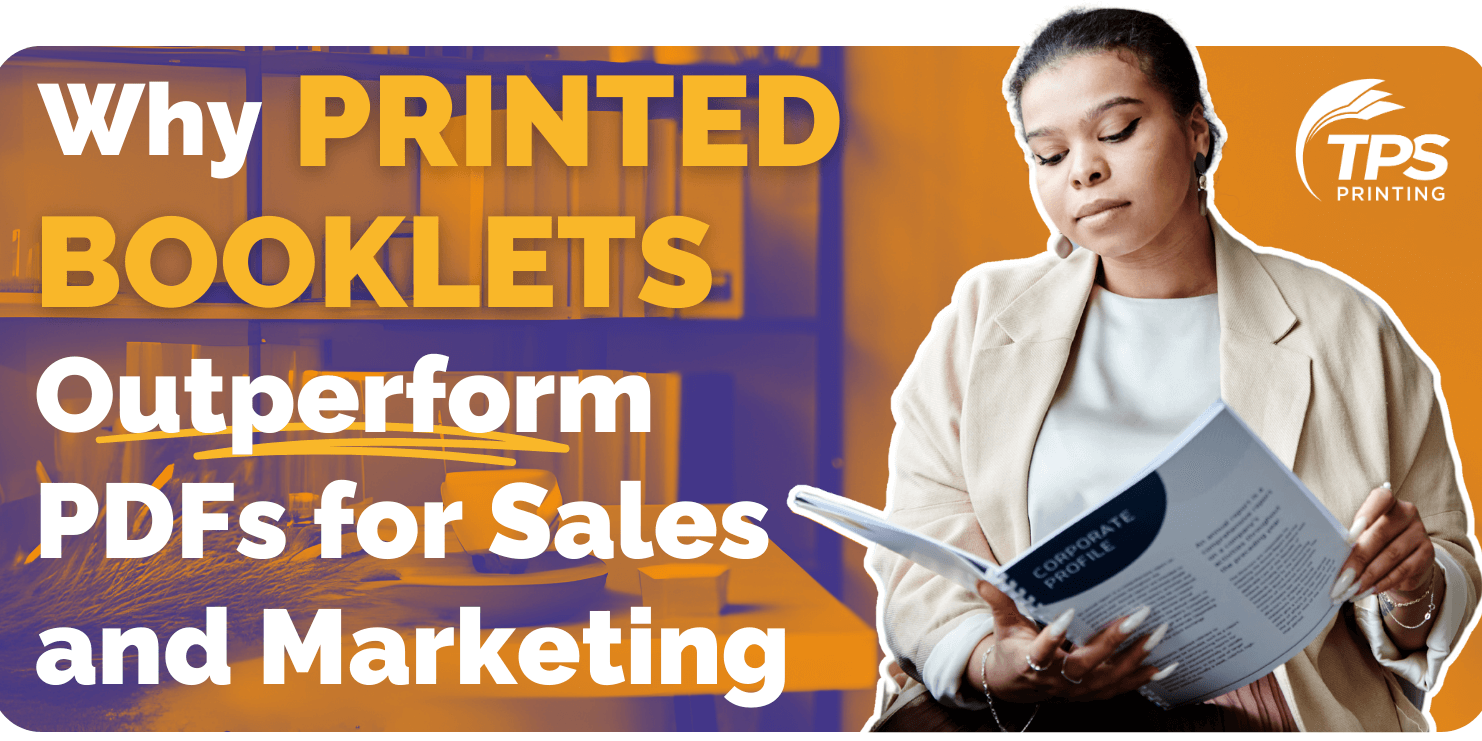We’ve talked before about the importance of personalized communications. Whether in regards to email or print media, remembering that there are real people at the other end of the line is crucial to customer experience. Ensuring that consumers really feel the relevance of what’s being communicated to them can be very effective, but we’ve also seen the other side of the coin—where the poor use of personal details can make the consumer feel very uncomfortable.
Here’s one example. A marketing campaign took the names of their male recipients and added “Jr” to the end in order to represent the son they might someday have “if they aren’t careful.” In a word, the recipients were very “uncomfortable” with this tactic. The industry calls it “the creepy factor” and in communications, it’s something you have to be very careful to keep down.
So, what’s the trick to balancing the personalization level of your content, and leveraging it in a positive ways that doesn’t cross any lines. Here are three suggestions.
1. Protecting Consumers Private Data
First of all, industry makes a huge difference. Selling educational materials can’t be approached the same way as selling refinancing offers. When buying children’s educational books, it might be helpful to know that the neighbor across the street bought the same set of materials. However, you most likely don’t want to hear that a mortgage company is outing you as a possible candidate for refinancing.
2. Keep Your Data Clean and Current
A criticism came against one company for marketing to people who were not yet retired as if they were almost ready to enter a retirement home. Be sure to take advantage of surveys to keep in touch with your customers and get to know them accurately. Third party data can fill in important details if necessary.
3. Be Considerate
It really is as simple as being respectful and considerate in how you use people’s personal data. It’s not a good idea to recipients know upfront just how much you now about them—that can be “creepy.” One method is to begin with basic targeting and segmentation and then layering it with basic, non-intrusive data like a name, rather than using highly personal details.
Data isn’t just data. In regards to print and email marketing, what is done with that data matters greatly. If you want help making sure that you’re using data in a respectful and effective manner, give us a call. We’re here to help!











